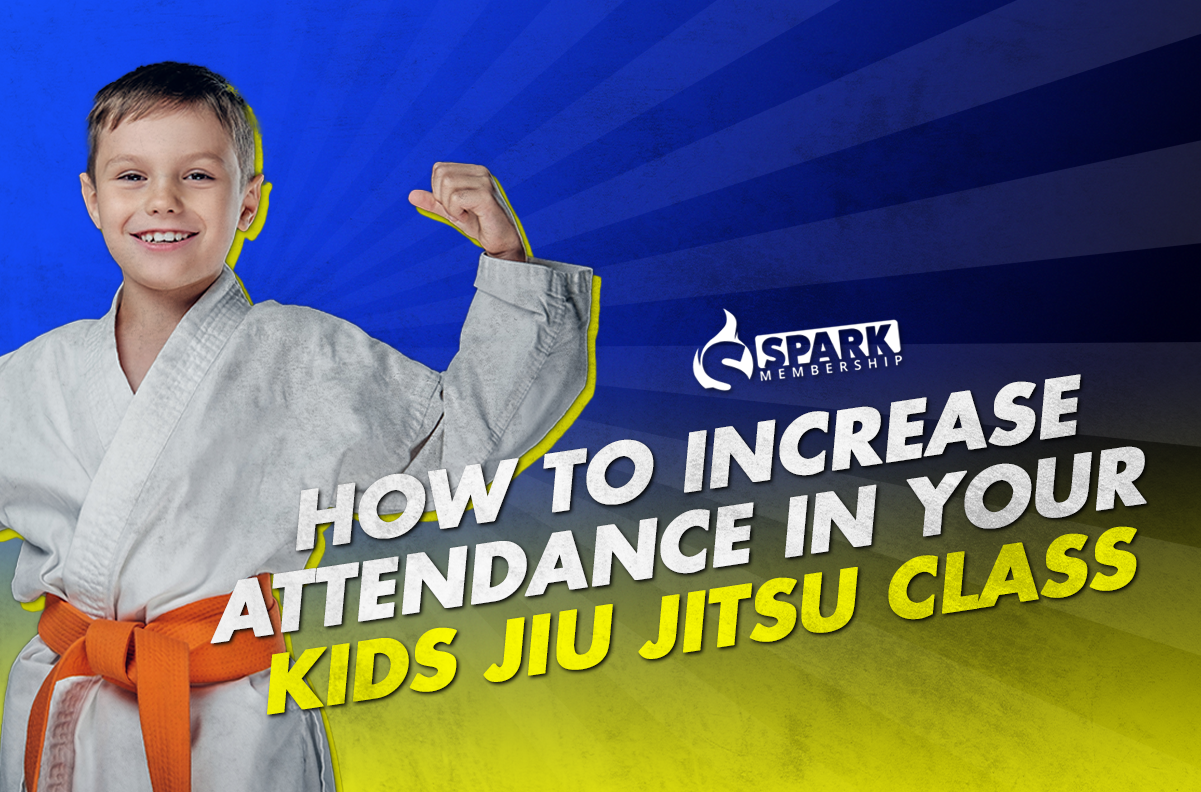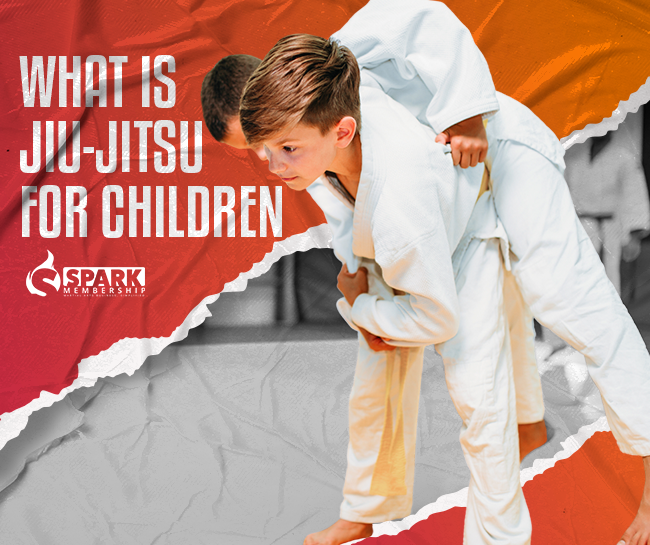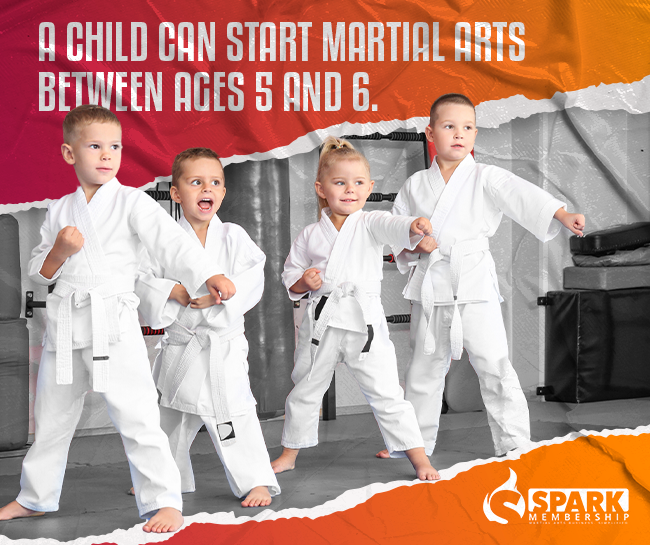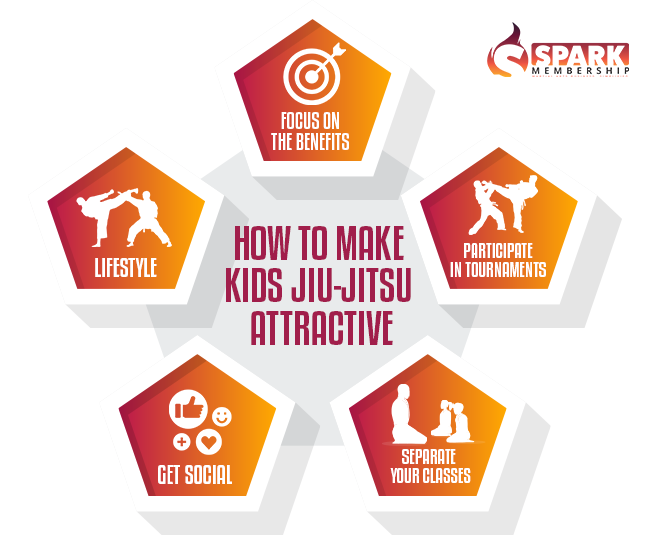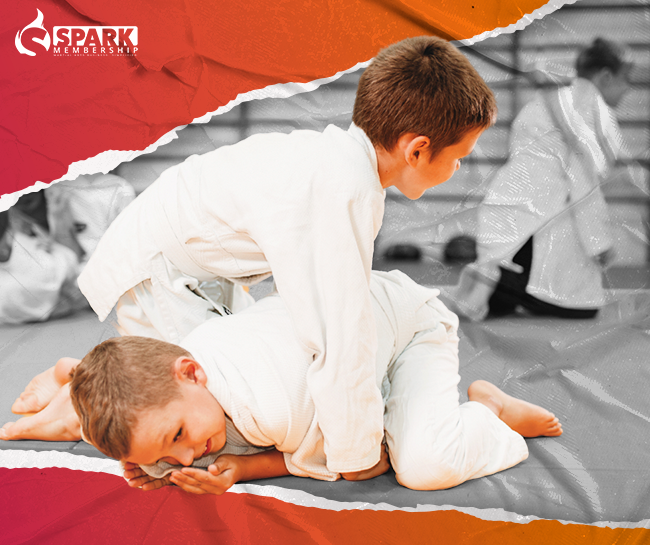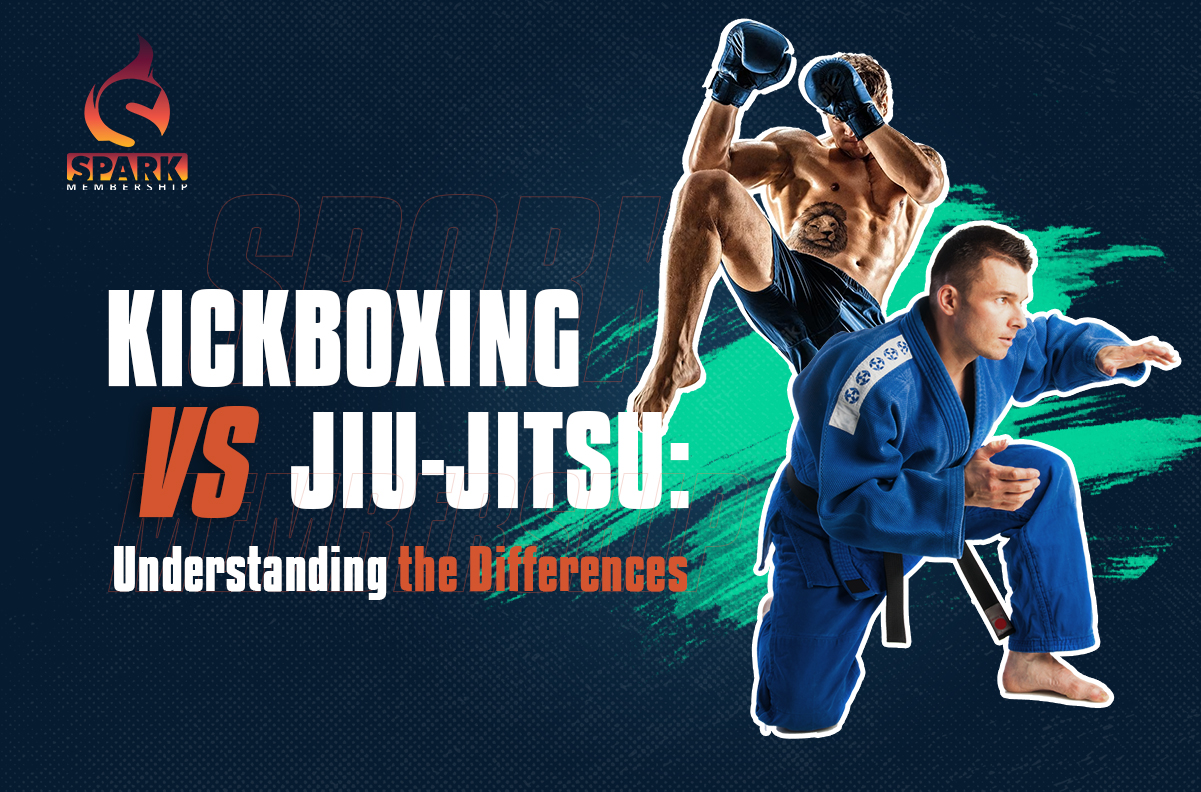
Are you interested in learning martial arts but can’t decide between Kickboxing vs Jiu-jitsu? Both are popular martial arts styles that offer a range of benefits. In this blog post, we will compare Kickboxing and Jiu-jitsu, including their origins, the difference between the two styles, and the pros and cons of each style. By the end of this post, you should have a better understanding of which style is right for you.
Kickboxing
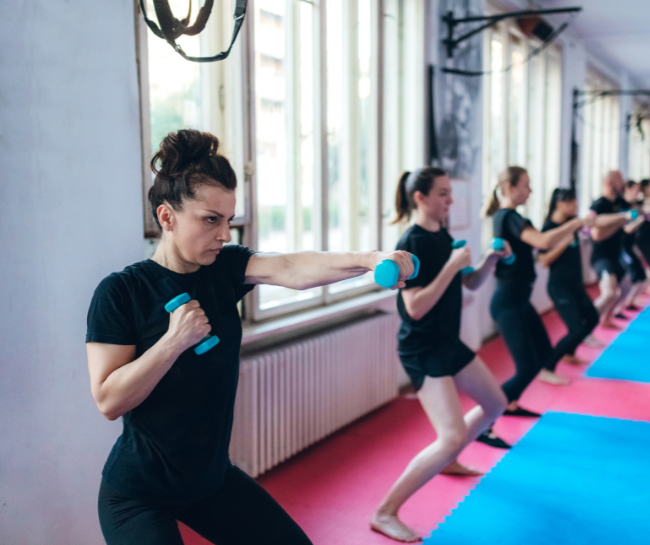
Kickboxing is a striking martial art that involves using punches, kicks, and knee strikes to defeat an opponent. It originated in Japan in the 1950s when martial artists combined karate and boxing techniques to create a new sport. Kickboxing has evolved over time, and now has different rules and styles depending on the region. For example, American Kickboxing is different from Muay Thai, which is a popular Kickboxing style in Thailand.
Pros and Cons of Kickboxing:
Kickboxing is a great way to get in shape and improve your overall health. It is also an effective way to learn self-defense skills. However it has advantages and drawbacks too
Pros:
- A great way to improve cardiovascular health and overall fitness.
- Develops coordination, agility, and reflexes.
- Offers an effective form of self-defense training.
- Provides a high-intensity workout that burns calories and builds muscle.
- Enhances mental toughness and focus.
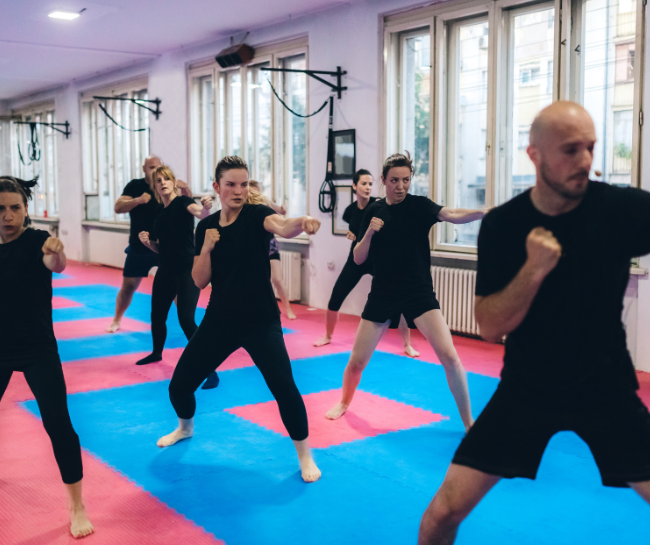
Cons:
- The striking techniques can be difficult to master, leading to potential injuries.
- Can be physically demanding, especially for beginners.
- Focused on primarily stand-up fighting, which may not suit everyone’s interests.
- Lack of ground control techniques may limit effectiveness in certain self-defense situations.
- Requires specialized equipment, such as gloves and protective gear, which can be costly.
Kickboxing offers a high-intensity workout and an effective form of self-defense training, but comes with its own set of challenges and limitations. If you are interested in a striking martial art that emphasizes speed and power, then Kickboxing may be the style for you.
💡 Kickboxing delivers powerful strikes, Jiu-jitsu employs finesse and strategy. Know the difference to choose your martial art.
Jiu-jitsu
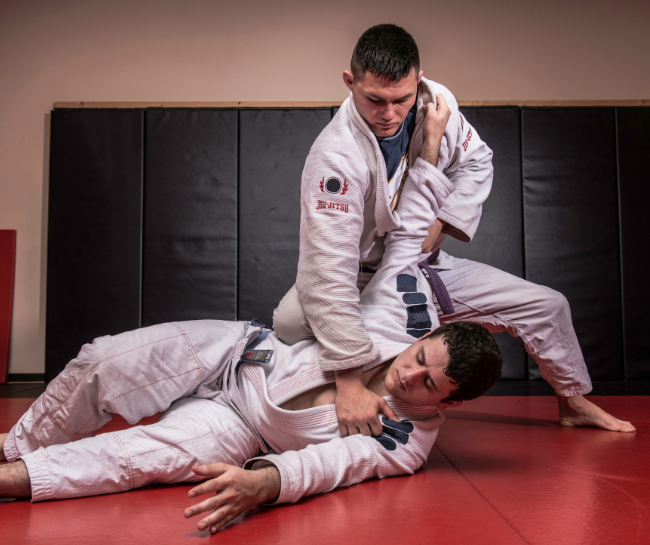
Jiu-jitsu is a grappling martial art that focuses on ground control and submissions. It originated in Japan in the late 19th century and was later developed by the Gracie family in Brazil. Brazilian Jiu-jitsu (BJJ) is now one of the most popular martial arts in the world, and is also used as a form of self-defense and fitness training.
Pros and Cons of Jiu-jitsu:
It’s important to consider the potential risks and challenges before starting any new martial art
Pros:
- Provides a full-body workout that improves strength, flexibility, and endurance.
- Develops critical thinking skills, problem-solving abilities, and strategic thinking.
- Offers an effective form of self-defense training that emphasizes ground control and submissions.
- Teaches leverage and technique that can be applied in other areas of life.
- Builds camaraderie and a sense of community with fellow practitioners.
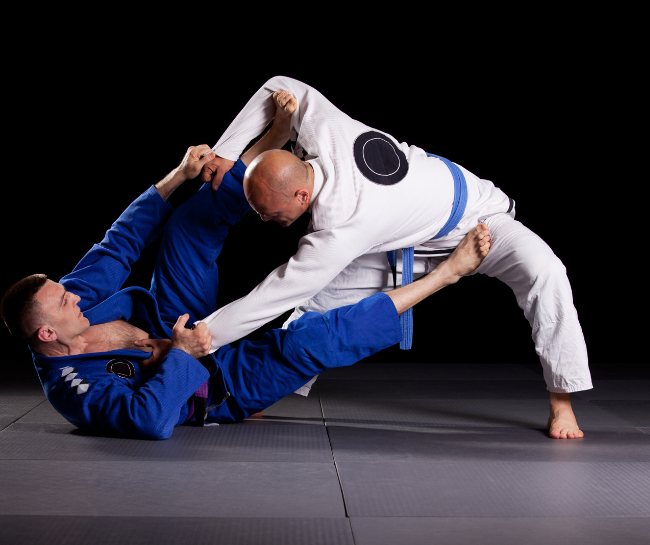
Cons:
- The grappling techniques can be physically demanding, and may require a certain level of strength and flexibility.
- It can be challenging to learn, and may take time to see progress and results.
- Ground control techniques may not be effective in certain self-defense situations, such as against multiple attackers or weapons.
- May not provide a high-intensity workout that some individuals may prefer.
- Can lead to injuries if proper precautions are not taken.
💡 Kickboxing and Jiu-jitsu offer distinct skills that together create a well-rounded martial artist. Knowing their differences helps you choose your path to success.
What is the difference between Jiu-Jitsu and kickboxing?
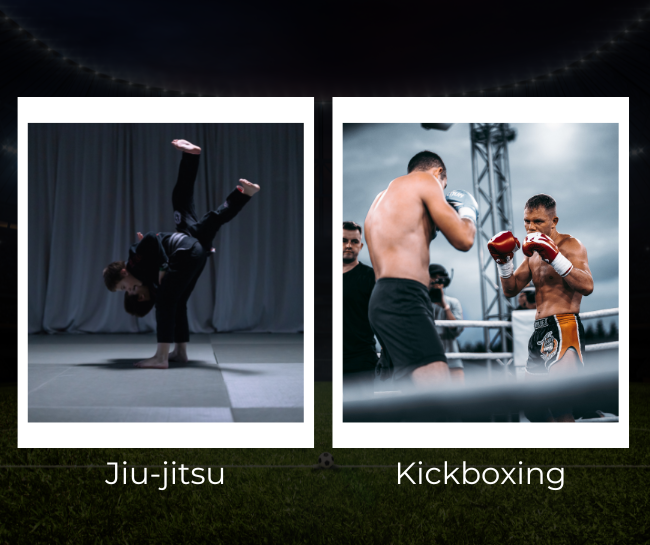
Fighting Style:
Jiu-jitsu and Kickboxing have very different approaches to fighting. Jiu-jitsu is a grappling art that emphasizes ground control and submissions, while Kickboxing is a striking art that emphasizes punches, kicks, and knee strikes. Jiu-jitsu relies on leverage and technique to control the opponent, while Kickboxing relies on speed and power to strike the opponent. Jiu-jitsu practitioners focus on taking the opponent down to the ground and achieving a dominant position, whereas Kickboxers primarily fight standing up and aim to deliver powerful strikes.
Rules:
The rules of Jiu-jitsu and Kickboxing are also different. Jiu-jitsu matches allow for grappling techniques like throws, takedowns, joint locks, and chokes. The goal is to control the opponent and submit them with a joint lock or choke. In contrast, Kickboxing matches primarily allow strikes with punches, kicks, and knee strikes above the waistline. The goal is to deliver strikes that score points and ultimately knock out or disable the opponent.
Jiu-jitsu focuses on ground control and submissions, while Kickboxing emphasizes striking and speed. The choice between the two depends on personal interests, goals, and physical abilities.
Which is better kickboxing or Jiu-Jitsu?
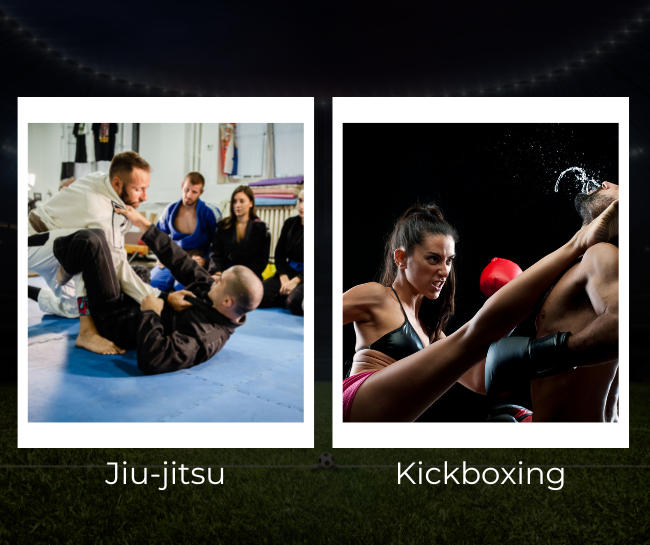
It’s difficult to determine which style is “better” as it ultimately depends on personal interests, goals, and physical abilities. Both Kickboxing and Jiu-jitsu offer unique benefits and can be effective forms of self-defense and fitness training. With that in mind, it’s worth noting that each style offers unique benefits that can cater to different preferences. For instance
Kickboxing is best for people who like to:
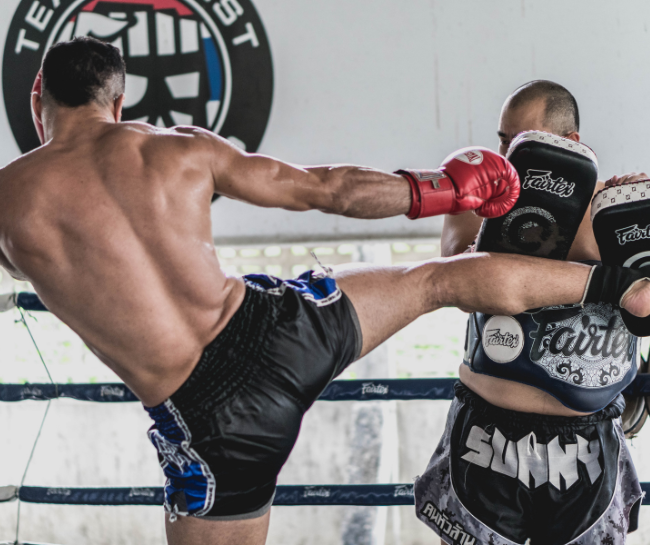
- Focus on striking techniques and power.
- Engage in a high-intensity workout that emphasizes cardiovascular fitness.
- Learn practical self-defense skills that focus on stand-up fighting.
Jiu-jitsu is best for people who like to:
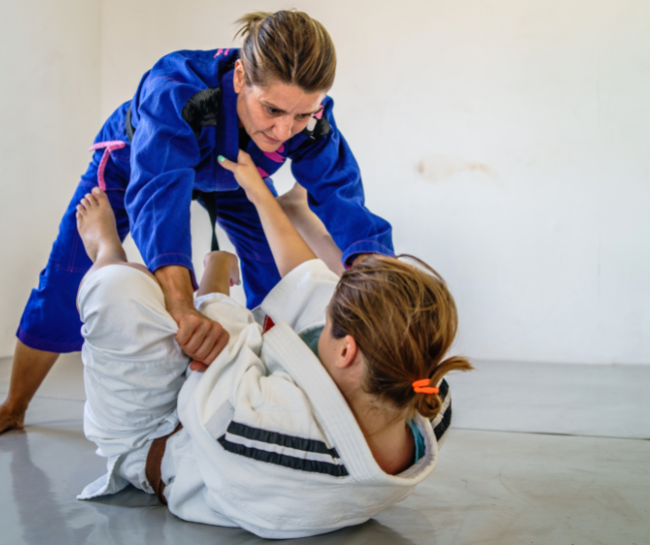
- Focus on grappling techniques and ground control.
- Engage in a full-body workout that emphasizes strength, flexibility, and endurance.
- Learn practical self-defense skills that focus on ground fighting and submissions.
💡 Kickboxing and Jiu-jitsu offer unique styles of combat, each with their own strengths and weaknesses. The key is to find the discipline that resonates with you, as the best choice is ultimately the one that motivates and challenges you to become the best version of yourself.
Both Kickboxing and Jiu-jitsu offer unique benefits and can be effective forms of self-defense and fitness training. Kickboxing is all about speed and power, while Jiu-jitsu focuses on grappling and ground control. Ultimately, the choice between the two styles comes down to personal interests, goals, and physical abilities. Despite the challenges and potential for injuries, with hard work and dedication, anyone can master the techniques and enjoy the benefits of improved health, fitness, and self-defense capabilities. Whether you’re a seasoned martial artist or just starting out, both styles are worth considering!
Read our latest blog post on running female-only kickboxing classes and use Spark Membership Software to streamline your studio’s operations, manage memberships, and track member progress. Take action today to attract more female clients and grow your business!
